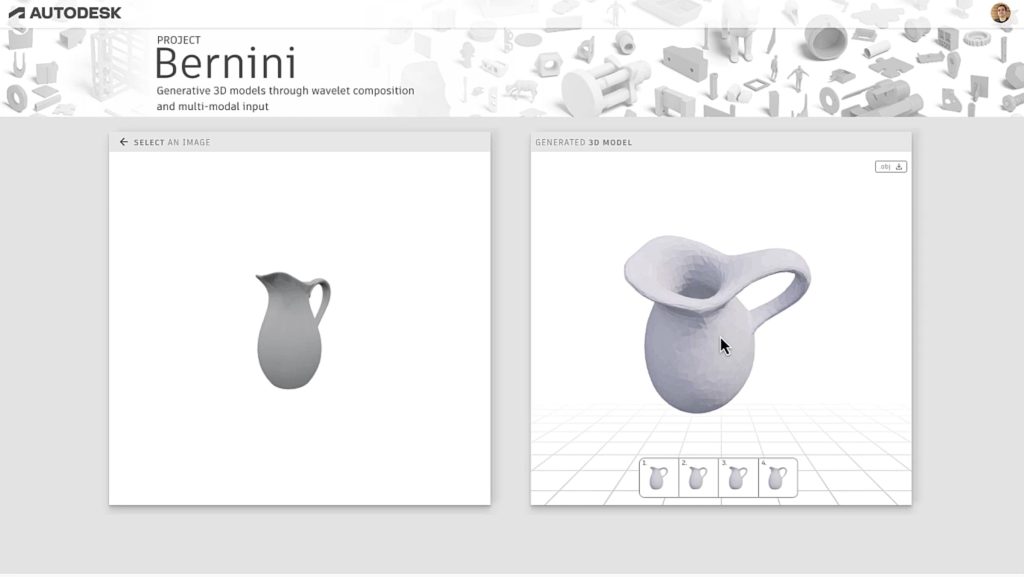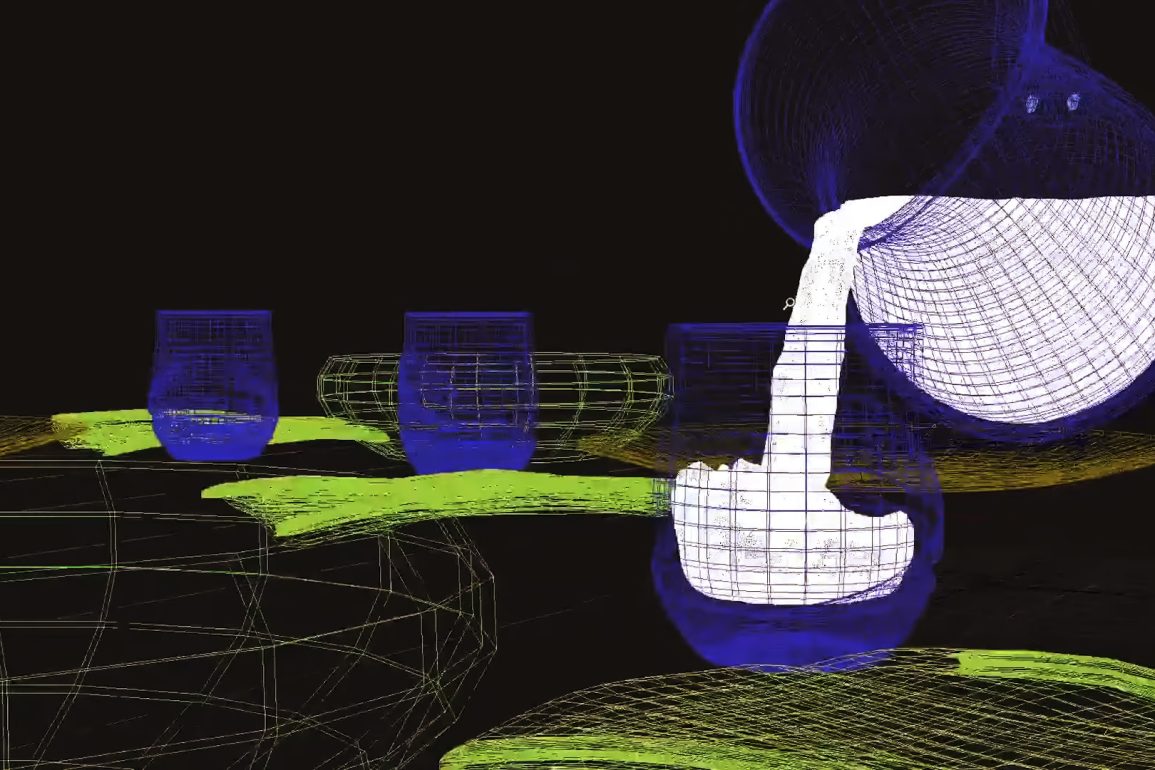Autodesk’s “Project Bernini” Generates 3D Shapes From Text And 2D Images
Autodesk, a leader in 3D modeling software, has announced the development of an innovative research project known as Project Bernini. This new initiative introduces a generative AI model designed to produce detailed 3D shapes from textual descriptions and 2D images. Geared primarily towards professionals in design and manufacturing sectors, Project Bernini aims to enhance precision and creativity across various industries including architecture, engineering, and entertainment.
The project, revealed as part of Autodesk’s ongoing efforts to integrate AI more deeply into digital design, leverages advanced algorithms to interpret and transform simple images or text into complex 3D models. The Bernini model is specifically crafted to support geometric accuracy, a critical factor in professional design and manufacturing workflows.
According to the software giant, unlike other 3D generative models that focus on aesthetic appearances under specific lighting conditions, Bernini emphasizes functional design. For example, it can generate a water pitcher that is not only visually accurate but also hollow—capable of holding water in reality.
Autodesk’s approach with Bernini is to offer multiple variations of a 3D shape based on a single input, thereby providing designers with options that enhance their creative processes. This feature aligns with findings from Autodesk’s 2024 State of Design & Make report, which highlighted that 78% of business leaders anticipate AI to enhance their industry, with 79% believing it will foster greater creativity.

The Autodesk AI Lab, the driving force behind Project Bernini, comprises a diverse group of scientists and AI specialists. They have trained the Bernini model on a composite dataset of ten million 3D shapes, including both CAD objects and organic forms. This training involved collaboration with the Chinese University of Hong Kong and yielded research published earlier this year.
Currently, Project Bernini remains in the experimental phase and is not available for public use. However, Autodesk is actively seeking partnerships to refine and expand the capabilities of its generative models. The potential applications of Bernini are vast; it could be used to design innovative buildings, video game characters, or new vehicle models, depending on the training data provided.
As Project Bernini progresses, Autodesk continues to explore how these advanced AI tools can be integrated into professional design workflows, potentially revolutionizing how architects, engineers, and designers approach their projects.









